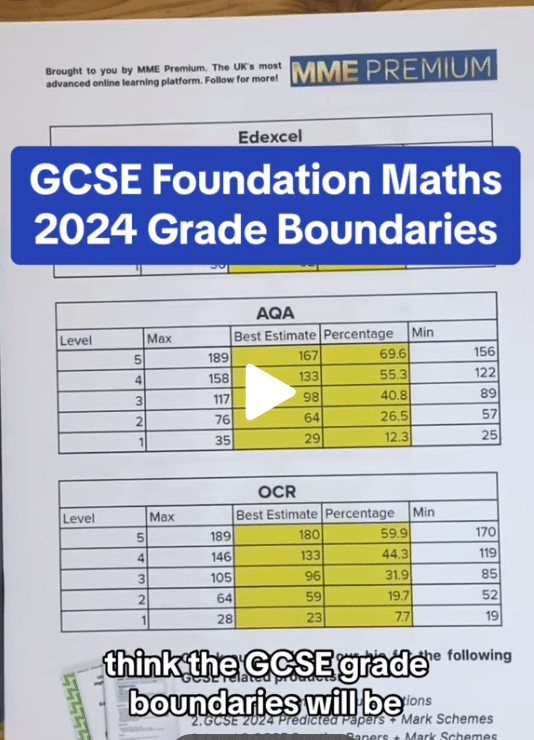The Difference of Two Squares
The Difference of Two Squares Revision
The Difference of Two Squares
The difference of two squares is precisely that. One squared thing subtracted from another squared thing. This means they are straightforward to factorise. Make sure your happy with the following topics before continuing.
Difference of Two Squares Formula
The trick to factorising the difference of two squares is to use the formula,
\textcolor{blue}{a^2 -b^2 = (a+b)(a-b)}
This can be used in either direction to factorise or expand such expressions quickly. To show that this works, we will expand the two brackets of the general formula.
\begin{aligned} \textcolor{blue}{(a+b)(a-b)} & =\textcolor{black}{ a^2 +\cancel{ab} - \cancel{ab} -b^2 }\\ &= \textcolor{blue}{a^2 -b^2} \end{aligned}
The negative sign arises as you are multiplying a negative by a positive thus the result is negative. As you can see the two ‘cross terms’ involving both a and b cancel, so we are left with just the square terms.
Example 1: Factorising a Simple Quadratic
Factorise x^2 - 9.
[2 marks]
Identifying that this is a difference of two squares, a and b are simply the square roots of x^2 and 9 respectively. Hence a=\sqrt{x^2}=x and b=\sqrt{9}=3. So the factorisation is,
(x+3)(x-3)
Example 2: Removing a Common Factor
Factorise 4x^2 - 100y^2.
[3 marks]
This is still a question involving the difference of two squares however a factor of 4 has to be taken out first,
4x^2 - 100y^2 = 4(x^2-25y^2)
Now we can find a and b by taking the square roots of x^2 and 25y^2 respectively. Hence a=\sqrt{x^2}=x and b=\sqrt{25y^2}=5y. So the factorisation is,
4(x+5y)(x-5y)
Example 3: Factorising a Quadratic involving Surds
Factorise y^2 - 7.
[2 marks]
In some cases the values we find for a or b will be a surd (non-terminating square root) . In this instance a=\sqrt{y^2}=y and b=\sqrt{7}=\sqrt{7}. So the factorisation is,
(y+\sqrt{7})(y-\sqrt{7})
The Difference of Two Squares Example Questions
Question 1:
Factorise 9x^2 - 49y^2
[3 marks]
Identifying that both of the coefficients of each term are square numbers, then the square roots are a=\sqrt{9x^2}=3x and b=\sqrt{49y^2}=7y. So the factorisation is,
(3x+7y)(3x-7y)
Question 2:
Factorise 2x^2 - 8
[3 marks]
Here we can remove a factor of 2 first so,
2x^2 - 8 =2(x^2 - 4)
Thus the factorisation is,
2(x + 2)(x - 2)
Question 3:
Solve 99^2-98^2 without using a calculator.
[2 marks]
This is a difference of two squares so we can apply the formula the same way,
99^2-98^2=(99+98)(99-98) = (197)(1)=197





